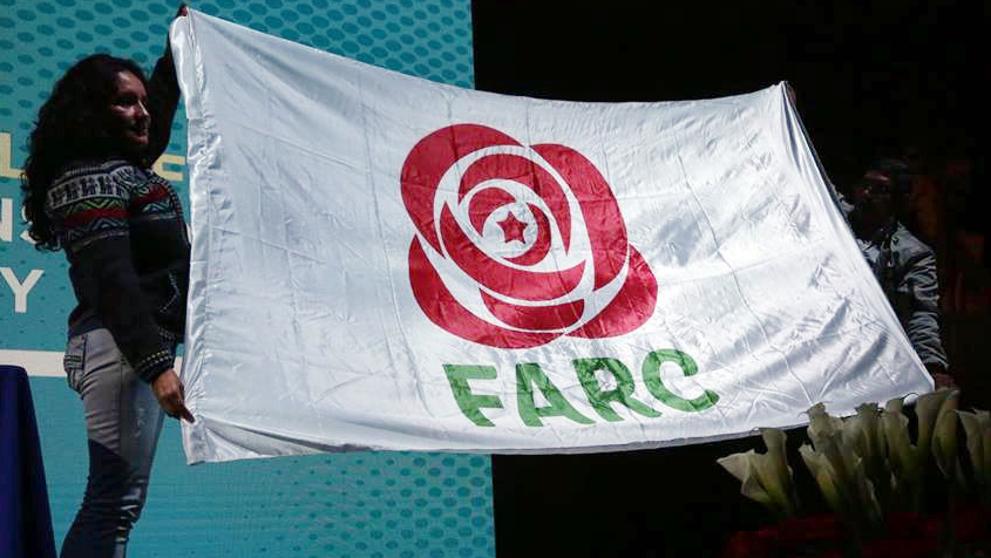Thousands of people took part in peaceful independence day protests throughout Colombia today.
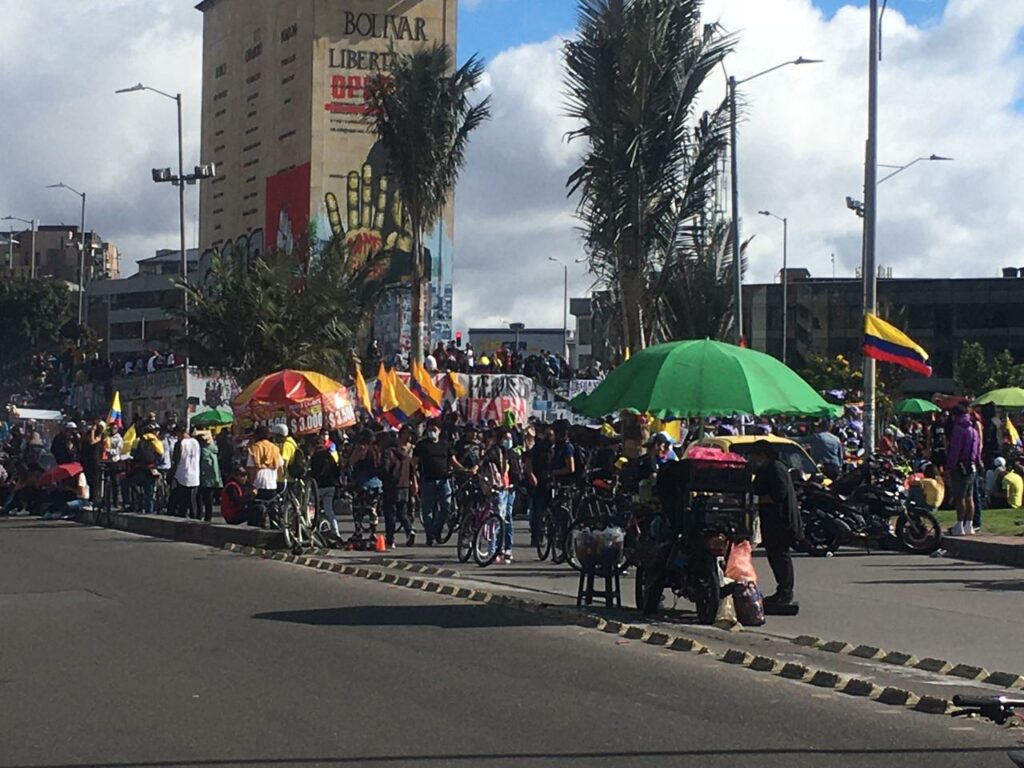
Nationwide, Colombians from all sides of the political spectrum waited to see how today’s marches would unfold. Normally Bogotá hosts an independence day show of state strength, with parades from special forces and military hardware, capped off with a flypast from the Air Force. This year, there was a similar display, but it was not just for show.
The demonstrations that had been paused in June were set to restart and — fuelled by rumours of potential ELN activity — the police were out in force.
A lot of people in towns and cities throughout Colombia did take to the streets today. But it was still a far cry from early May, when we saw tens of thousands of people. In part, that’s due to protest fatigue, in part a lack of focus, and in part the heavy police presence and government warnings.
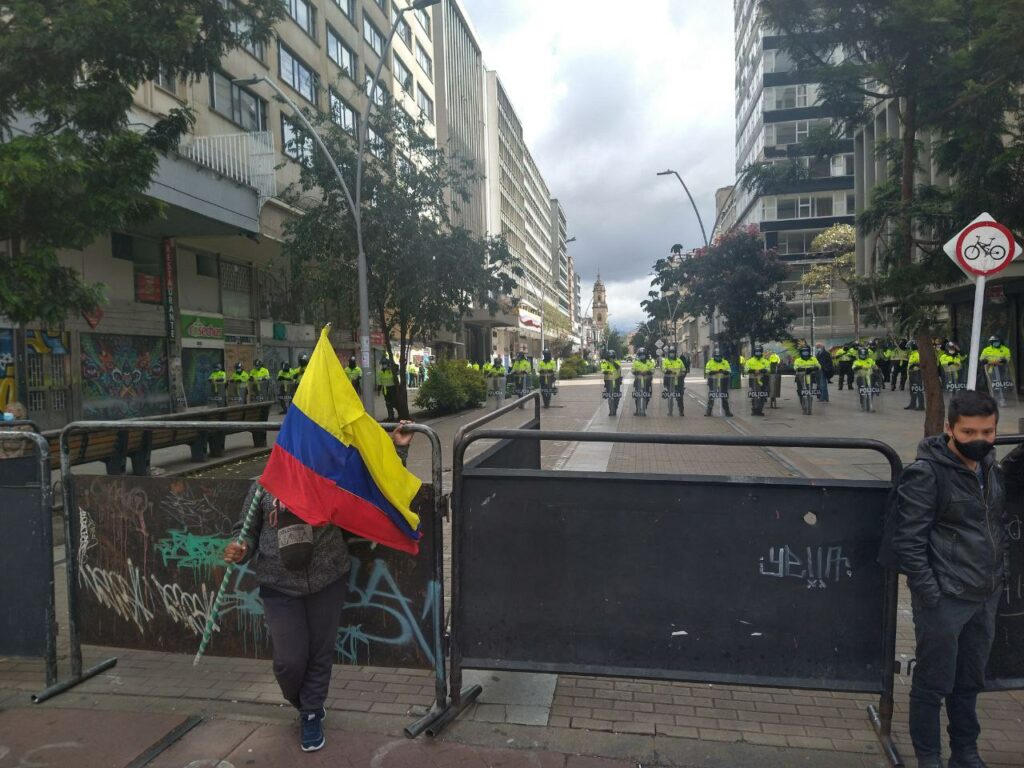
Colombia’s independence day protests
Marches and activities took place across Colombia, from Bogotá and Medellín to Cali, Barranquilla, Cartagena, Manizales, Popayán and other major cities. In Bogotá, there were over 45 official points for protests, sit-ins, concerts, and artistic events.
The police strategy in the capital seemed to be focused around keeping the centre clear and restricting major disruption to the periphery of the city. Plaza Bolívar and the surrounding area was completely barricaded off by police for around five blocks.
While the demonstrations unfolded peacefully for much of the day, as we write, there are reports of clashes with police in various places, including Cali which has been the epicentre of much of the violence this year.
Around lunchtime, a group of protestors in Manizales toppled a statue of Francisco de Paula Santander. In May, demonstrators in Popayán had also destroyed a statue of Santander who some see as a symbol of law and order.
Outside of these flare ups, for the most part, the protests were peaceful. The biggest upset was that transport in most major cities was disrupted.
Independence day protests in Bogotá
The Parque Nacional site was almost completely empty today, much like the centre. Only a few people gathered in Parque de los Hippies and there was a heavy preemptive police presence in much of Chapinero.
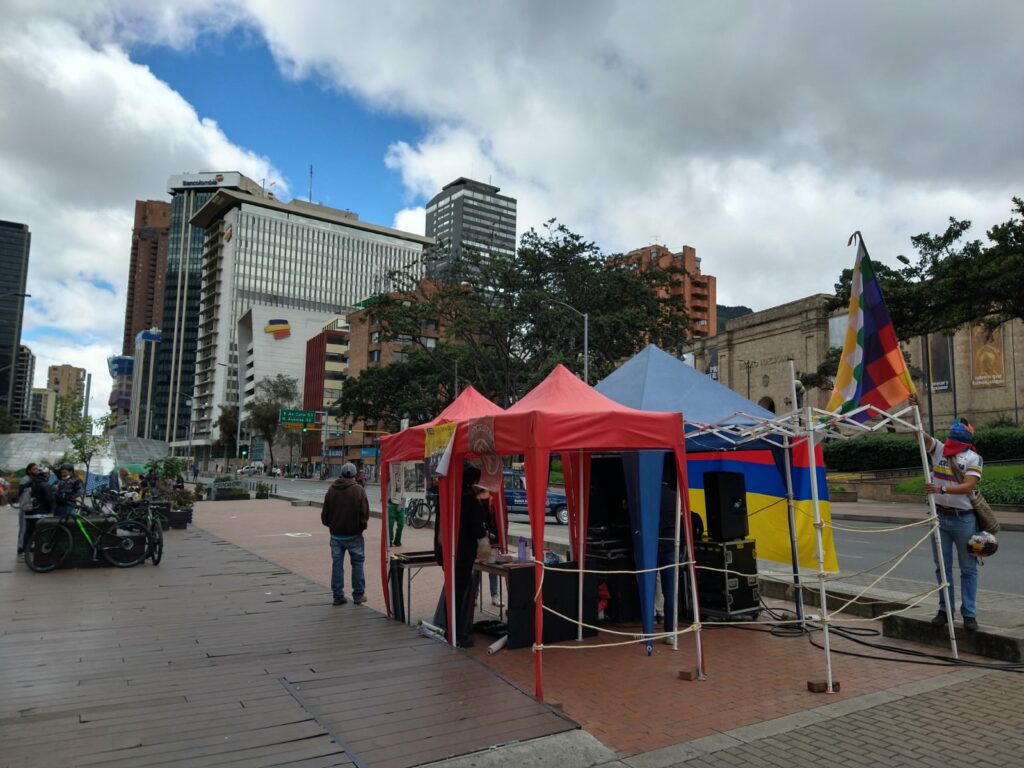
Héroes was the only major central gathering point, with around 5,000 protestors creating a sort of carnival atmosphere. Other sites ranged from just 20 at Banderas to around 500 at Portal 80.
It was a different story in the south and west of the capital though. Predictably, stone throwing started late afternoon at Portal de las Américas, followed by a similarly predictable police response of tear gas and water cannons. After that, now-familiar running battles between police and protestors continued. Similar scenes also broke out at Usme and on Calle 80 with Avenida Cali. Again, numbers remained small, with less than 500 people at each site.
After so many protests, this feels like a well-rehearsed routine. People gathered in certain sites, mainly Portales and a few monuments. Singing and dancing through the early afternoon in a largely peaceful manner. Sometime between 4pm and 5pm the Esmad riot police turn up and protestors throw rocks thrown. They then respond with tear gas, water cannons and batons, descending into running clashes until around 7pm. Transport also shuts down with the arrival of Esmad.
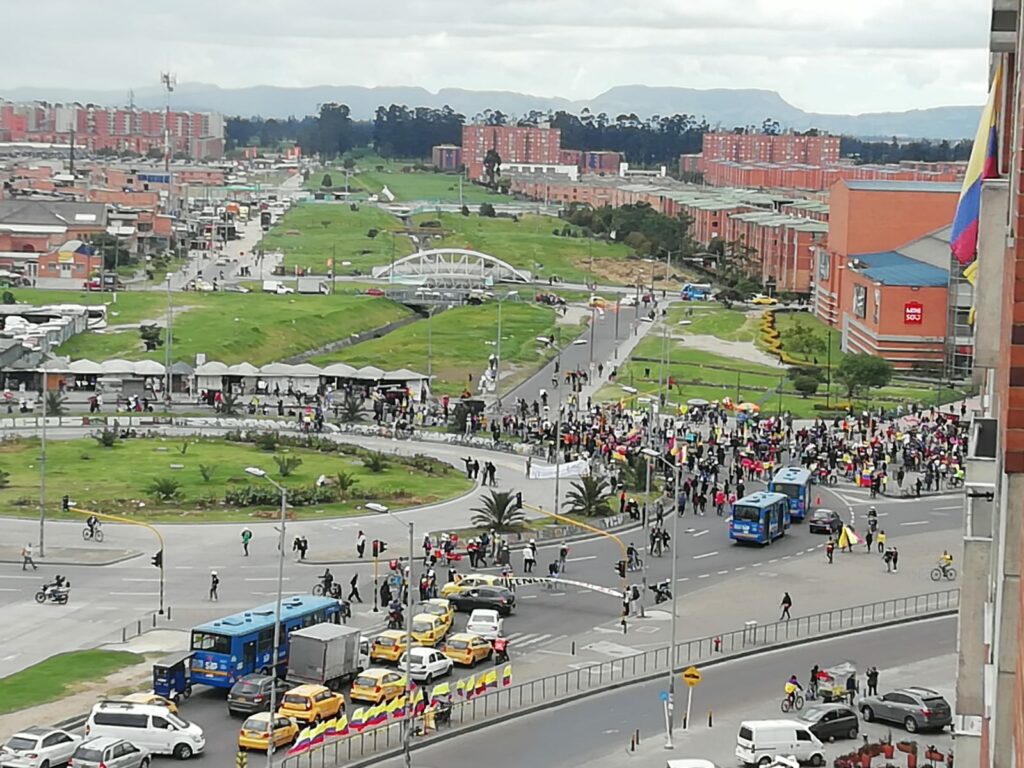
Why are people still protesting?
In mid-June, the Comité Nacional del Paro opted for a temporary halt to what had been almost two months of protests. At that point, almost 70 people had died in violent clashes with police. There were also reports of disappearances and sexual violence. With COVID numbers reaching a third peak, public patience for continued disruption was running thin. Numbers were steadily dwindling with each further week of protest.
So why are people protesting? The big issue is that so little has changed since the mass protests of 2019. Indeed, the pandemic has magnified inequality, poverty, and a host of other issues. The government’s implementation of the peace accord has moved incredibly slowly, despite promising progress from the JEP. Killings of social leaders continue at a worrying level and there’s been a dramatic increase in armed violence in rural Colombia.
Today was not only independence day, it was also the beginning of a new legislative session in Congress and the day the strike committee had proposed to re-commence demonstrations.
In theory, it was supposed to be a chance for people to show their support for the strike committee’s wish list. This includes money for the most vulnerable, access to free education, and health reform. But in reality, it is hard to pin down exactly what today was even about.
The protests that started in late April encompassed many things, but were given focus by resistance to the Reforma Tributaria. Some union groups in the centre today were calling for changes to the healthcare system. But apart from that, there were few clear aims on display. What was present was the familiar howl of anger that has been reverberating around the country since at least 2019.




